Home>Gardening & Outdoor>Outdoor Structures>How To Keep Spiders Out Of A Shed
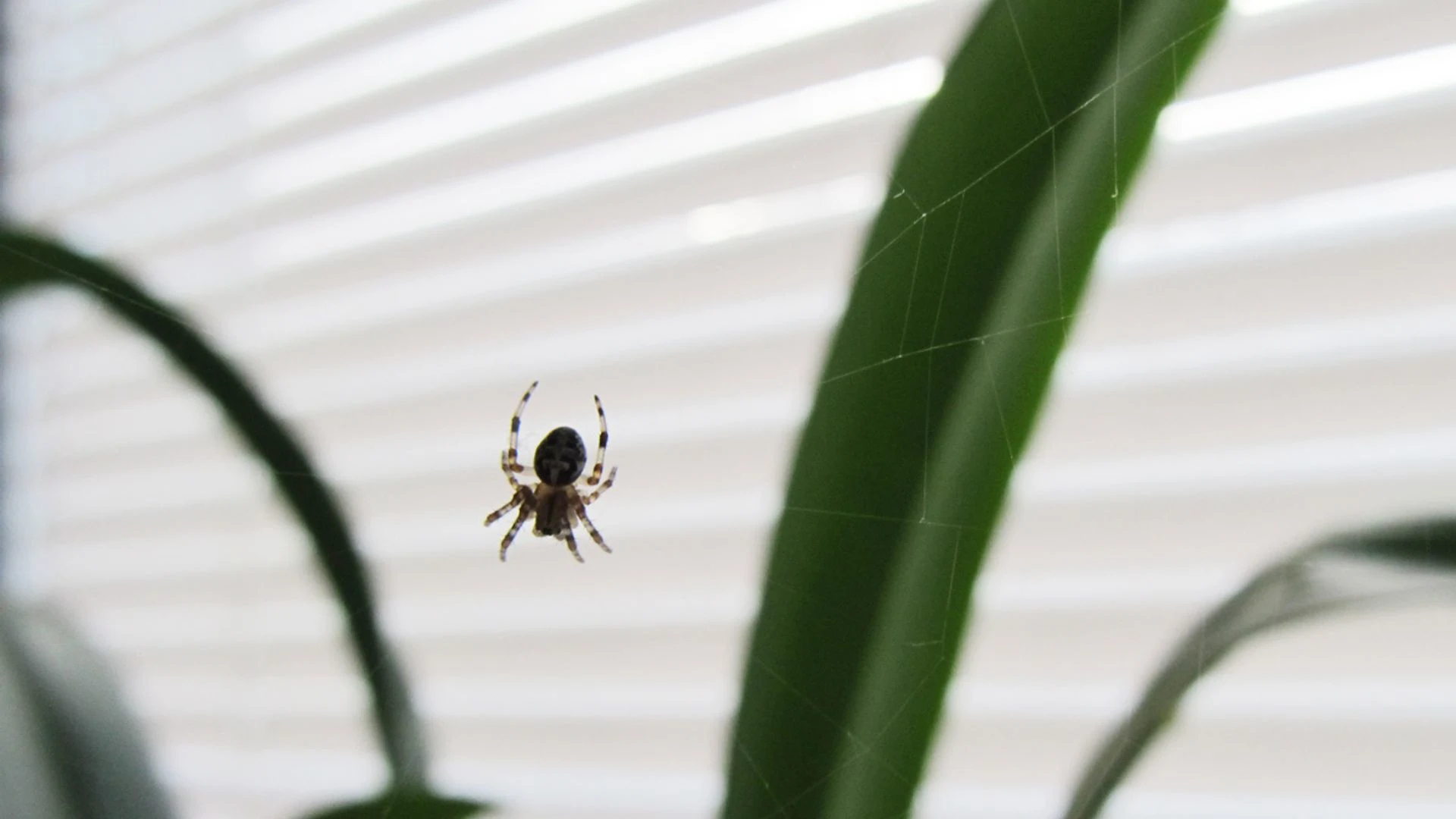

Outdoor Structures
How To Keep Spiders Out Of A Shed
Modified: January 22, 2024
Learn effective methods for keeping spiders out of your shed and other outdoor structures. Discover tips and tricks to maintain a spider-free environment.
(Many of the links in this article redirect to a specific reviewed product. Your purchase of these products through affiliate links helps to generate commission for Storables.com, at no extra cost. Learn more)
Introduction
Welcome to the ultimate guide on keeping spiders out of your shed. Spiders are fascinating creatures and play a crucial role in maintaining the balance of the ecosystem. However, having them take up residence in your shed can be quite unsettling for many people. The good news is that there are several effective and humane methods to keep spiders at bay without resorting to harmful chemicals or pesticides.
In this comprehensive guide, we will delve into the world of spiders, understand their behavior, and explore practical steps to deter them from making your shed their home. From clearing clutter and sealing entry points to using natural repellents and implementing regular maintenance, we will cover everything you need to know to create a spider-free environment in your shed.
So, if you're ready to reclaim your shed and enjoy a spider-free space, let's dive into the strategies and techniques that will help you achieve just that.
Key Takeaways:
- Clearing clutter and sealing entry points are effective ways to keep spiders out of sheds. Regular maintenance and natural repellents also help create an inhospitable environment for spiders.
- Understanding spiders’ behavior and preferences is crucial for implementing effective strategies to deter them from making sheds their home. Incorporating natural repellents and regular maintenance can help maintain a spider-free shed.
Read more: How To Keep Spiders Out Of Car Mirrors
Understanding Spiders
Before delving into ways to keep spiders out of your shed, it’s helpful to gain a better understanding of these arachnids. Spiders are remarkable creatures that belong to the arachnid class, which also includes scorpions, ticks, and mites. With over 45,000 known species found in various habitats across the globe, spiders come in a wide range of sizes, colors, and behaviors.
One of the most important aspects to understand about spiders is their role in controlling insect populations. Spiders feed on a variety of insects, including mosquitoes, flies, and moths, making them valuable allies in natural pest control. However, when they take up residence in human-inhabited spaces such as sheds, their presence can be less than welcome.
Spiders are typically drawn to sheds and similar structures due to the abundance of potential prey and suitable hiding spots. They are attracted to dark, undisturbed areas where they can spin their webs and await unsuspecting insects. Understanding the behavior and preferences of spiders is crucial in developing effective strategies to discourage them from nesting in your shed.
By gaining insights into the habits and tendencies of spiders, you can implement measures that make your shed less inviting to these eight-legged visitors. With this knowledge as our foundation, we can now explore practical steps to deter spiders and maintain a spider-free shed environment.
Clearing Clutter and Debris
One of the most effective ways to discourage spiders from taking up residence in your shed is to eliminate clutter and debris. Spiders are drawn to areas where they can easily find hiding spots and build their webs without disturbance. By decluttering your shed and keeping it tidy, you can significantly reduce the appeal of the space for these arachnids.
Start by removing any unnecessary items that are stored in the shed. Old boxes, unused furniture, and piles of miscellaneous items can provide ample hiding places for spiders. Consider organizing and storing items in plastic containers with tightly sealed lids to minimize potential hiding spots.
Regularly sweeping and vacuuming the shed will also help in keeping spiders at bay. By removing cobwebs, dust, and debris, you can disrupt existing spider habitats and make the environment less conducive for them to thrive. Pay particular attention to corners, shelves, and other secluded areas where spiders are likely to build their webs.
Furthermore, it’s essential to address any outdoor clutter around the shed. Piles of wood, leaves, and other organic debris near the shed can attract insects, which in turn, draw spiders closer to the structure. By keeping the area surrounding the shed free of clutter, you can minimize the presence of potential spider prey and create a less appealing environment for these arachnids.
By taking proactive steps to clear clutter and debris both inside and outside the shed, you can create an inhospitable environment for spiders, reducing the likelihood of them choosing your shed as their habitat.
Sealing Entry Points
Preventing spiders from entering your shed begins with sealing off potential entry points. Spiders can gain access to the interior of your shed through even the tiniest openings, so it’s crucial to identify and address these entry points to keep them at bay.
Start by inspecting the exterior of the shed for any gaps, cracks, or holes that could serve as entryways for spiders. Common entry points include gaps around doors and windows, holes in the walls, and openings around utility penetrations such as pipes and vents. Use a silicone-based caulk to seal these openings, ensuring a tight and secure barrier that spiders cannot easily breach.
For doors and windows, consider installing weather-stripping to create a snug seal, minimizing the likelihood of spiders finding their way in. Additionally, repairing any damaged screens on windows or vents will help prevent spiders and other insects from entering the shed.
It’s also important to pay attention to the interior of the shed. Check for gaps around baseboards, electrical outlets, and light fixtures, and seal any openings that could serve as entry points for spiders. By creating a well-sealed environment, you can significantly reduce the likelihood of spiders finding their way into your shed.
By diligently sealing off entry points, you can create a fortified barrier that deters spiders from infiltrating your shed, thereby minimizing the need for reactive measures to deal with existing spider populations.
Seal any cracks or gaps in the shed with caulk or weather stripping to prevent spiders from entering. Keep the shed clean and clutter-free to eliminate hiding spots for spiders.
Using Natural Repellents
When it comes to deterring spiders from your shed, natural repellents can be a valuable ally in your efforts. These repellents are effective at discouraging spiders without posing any harm to the environment, pets, or humans. By incorporating natural repellents into your shed maintenance routine, you can create an environment that spiders find unappealing, thus reducing the likelihood of them establishing a presence in the space.
One of the most widely used natural repellents for spiders is peppermint oil. Spiders are known to dislike the scent of peppermint, making it an effective deterrent. To use peppermint oil as a repellent, simply mix a few drops of the oil with water in a spray bottle and apply it around the perimeter of the shed, focusing on entry points, windows, and other areas where spiders may gain access.
Citrus-based repellents, such as lemon or orange essential oils, can also be effective at repelling spiders. The strong citrus scent is known to deter spiders, making it a natural and pleasant-smelling option for keeping them at bay. Similar to peppermint oil, citrus-based repellents can be diluted with water and sprayed around the shed to create a barrier that spiders are less likely to cross.
In addition to essential oils, diatomaceous earth can be used as a natural spider repellent. This powdery substance, composed of fossilized remains of diatoms, is harmless to humans and pets but acts as a deterrent to spiders. By sprinkling diatomaceous earth around the perimeter of the shed and in areas where spiders are likely to hide, you can create a barrier that deters their presence.
By integrating natural repellents into your shed maintenance routine, you can create an environment that is less appealing to spiders, reducing the likelihood of them choosing your shed as their habitat. These natural solutions offer an effective and eco-friendly approach to spider control, allowing you to maintain a spider-free shed without resorting to harsh chemicals or pesticides.
Read more: How To Keep Insects Out Of A Shed
Regular Maintenance
Maintaining a spider-free shed requires consistent effort and attention to detail. By incorporating regular maintenance tasks into your routine, you can create an environment that is less hospitable to spiders, thus minimizing the likelihood of them establishing a presence in your shed.
One of the key maintenance tasks for spider control is regular cleaning. Schedule routine cleaning sessions to remove dust, cobwebs, and debris from the shed. Pay close attention to corners, shelves, and other secluded areas where spiders are likely to build their webs. By disrupting existing spider habitats, you can discourage them from settling in your shed.
Inspect the shed regularly for any signs of spider activity. Look for webs, egg sacs, and live spiders, and take proactive measures to address any potential infestations. By catching and addressing spider activity early, you can prevent their numbers from growing and minimize the need for more intensive control measures.
Consider implementing lighting adjustments as part of your maintenance routine. Spiders are attracted to light, which in turn draws their prey closer to the shed. By using yellow or sodium vapor lights instead of standard white lights, you can reduce the attractiveness of the shed to insects, subsequently making it less appealing to spiders.
Furthermore, consider the strategic placement of natural deterrents such as peppermint oil or citrus-based sprays to create a barrier that spiders are less likely to cross. By regularly reapplying these natural repellents, you can maintain an environment that is uninviting to spiders, thus discouraging them from taking up residence in your shed.
By incorporating regular maintenance tasks such as cleaning, inspection, and strategic deterrent placement, you can create a shed environment that is less conducive to spider habitation. Consistent maintenance efforts are key to sustaining a spider-free shed and enjoying a space that is free from arachnid intrusions.
Conclusion
Congratulations! You’ve now gained valuable insights into the world of spiders and learned practical strategies to keep them out of your shed. By understanding the behavior of spiders, clearing clutter and debris, sealing entry points, using natural repellents, and implementing regular maintenance, you can create an environment that is inhospitable to these arachnids, thus reclaiming your shed as a spider-free space.
It’s important to remember that while spiders may be unwelcome guests in your shed, they play a vital role in maintaining ecological balance by controlling insect populations. By utilizing humane and eco-friendly methods to deter spiders, you can coexist with these beneficial creatures while keeping them at a comfortable distance from your living spaces.
As you embark on your journey to maintain a spider-free shed, remember that consistency is key. By incorporating the strategies outlined in this guide into your regular shed maintenance routine, you can enjoy a space that is free from spider intrusions, providing you with peace of mind and a clean, clutter-free environment.
So, go ahead and put these strategies into action. Clear the clutter, seal the entry points, and incorporate natural repellents into your shed maintenance routine. With these proactive measures in place, you can create a shed environment that is uninviting to spiders, allowing you to make the most of your shed without the presence of these eight-legged visitors.
Thank you for joining us on this journey to keep spiders out of your shed. Here’s to a spider-free and inviting shed space that you can enjoy to the fullest!
Frequently Asked Questions about How To Keep Spiders Out Of A Shed
Was this page helpful?
At Storables.com, we guarantee accurate and reliable information. Our content, validated by Expert Board Contributors, is crafted following stringent Editorial Policies. We're committed to providing you with well-researched, expert-backed insights for all your informational needs.
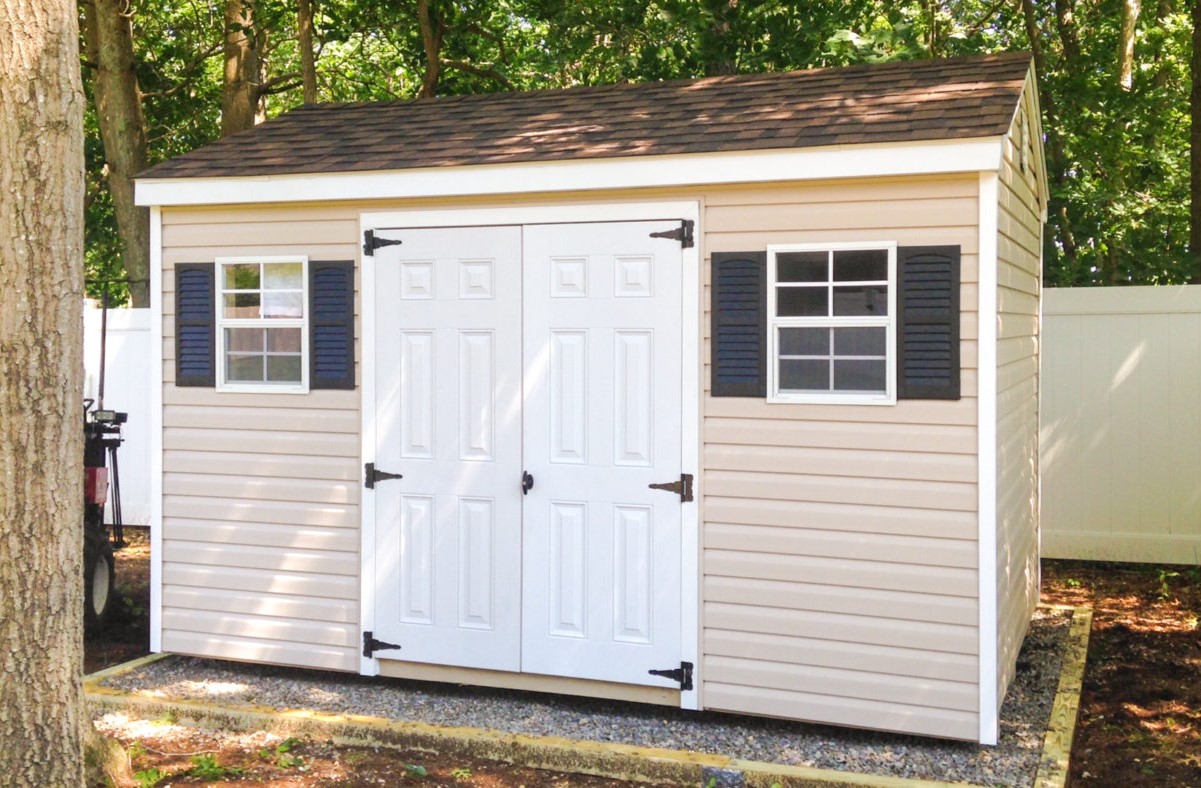
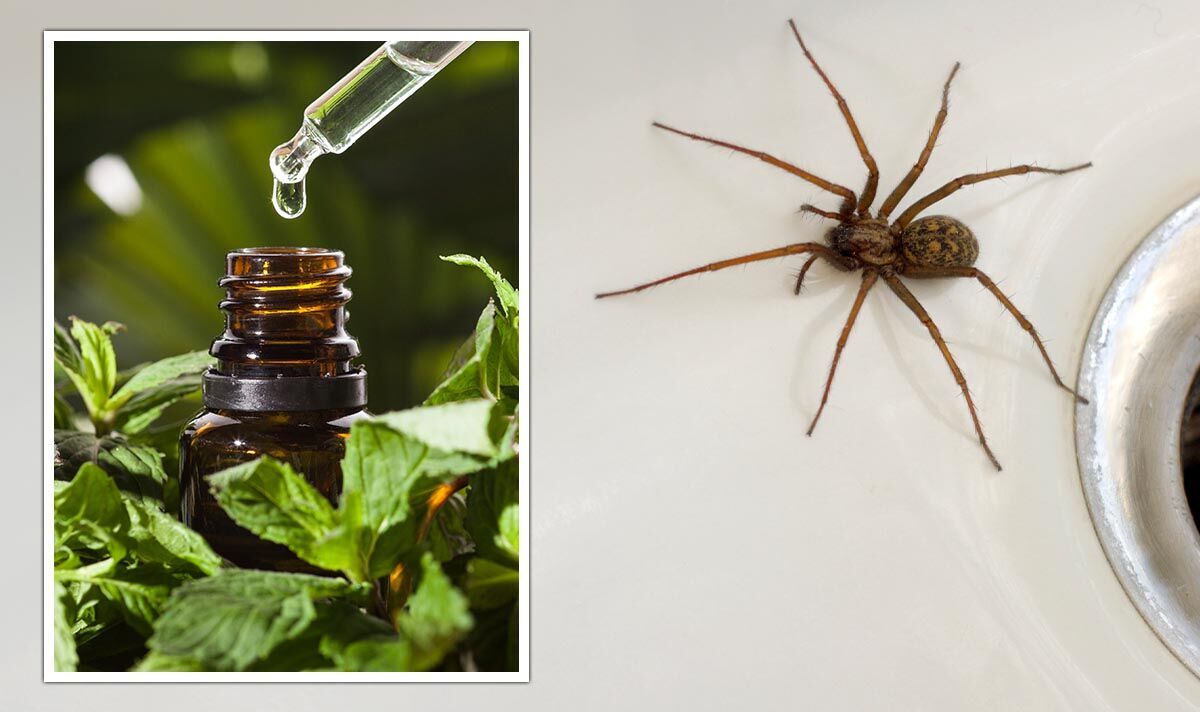
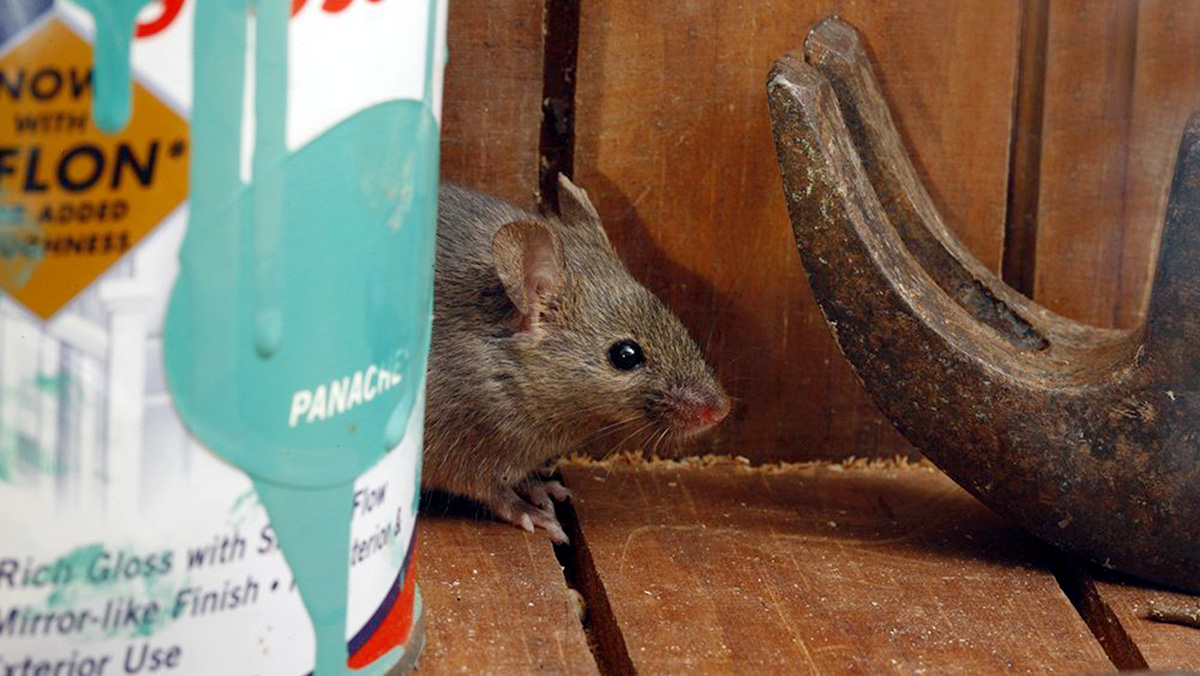
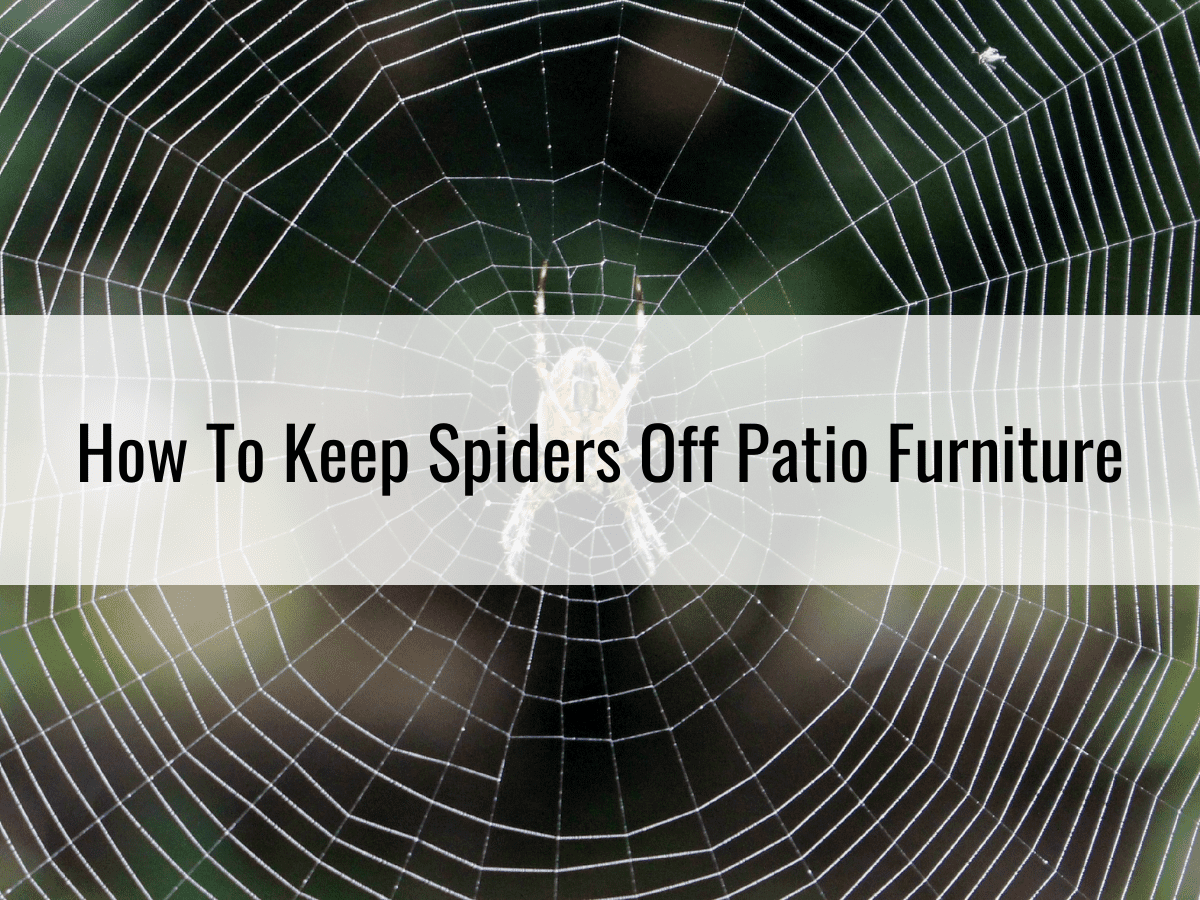
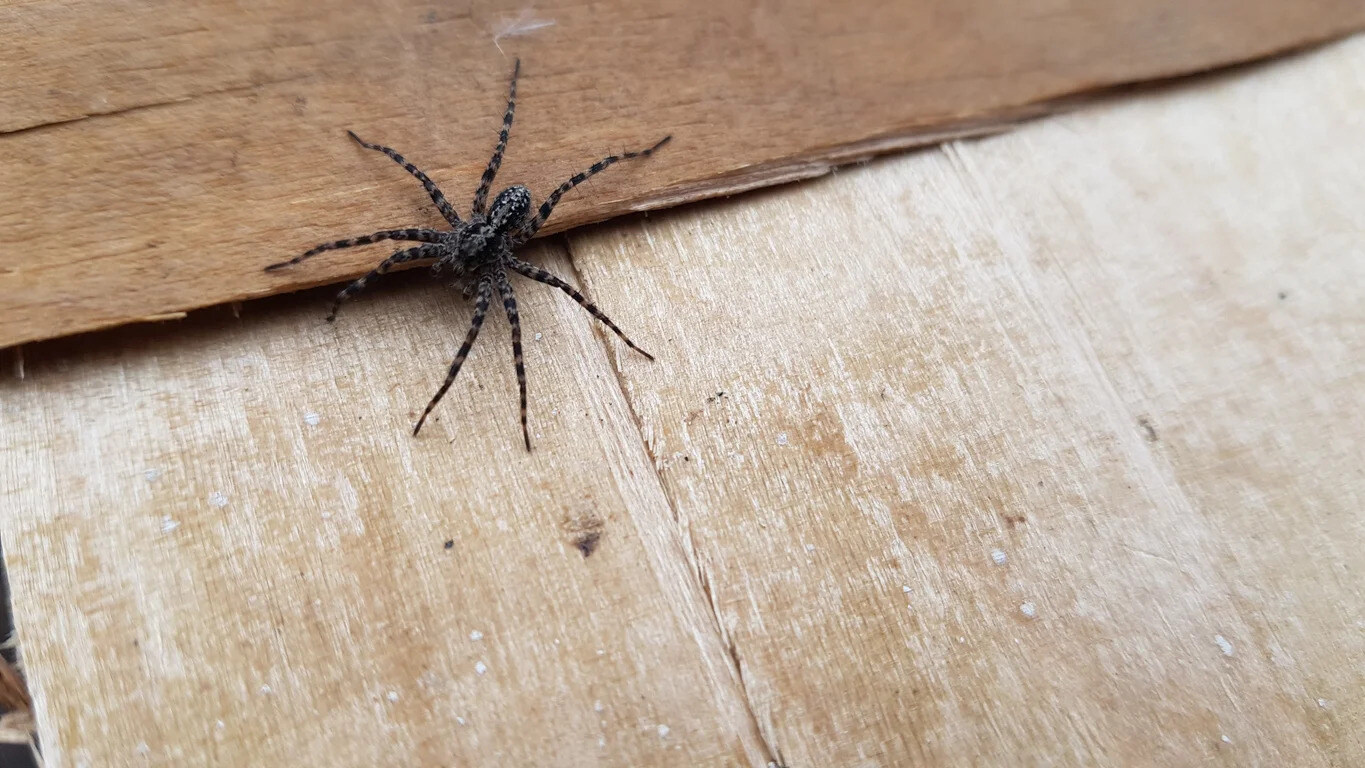
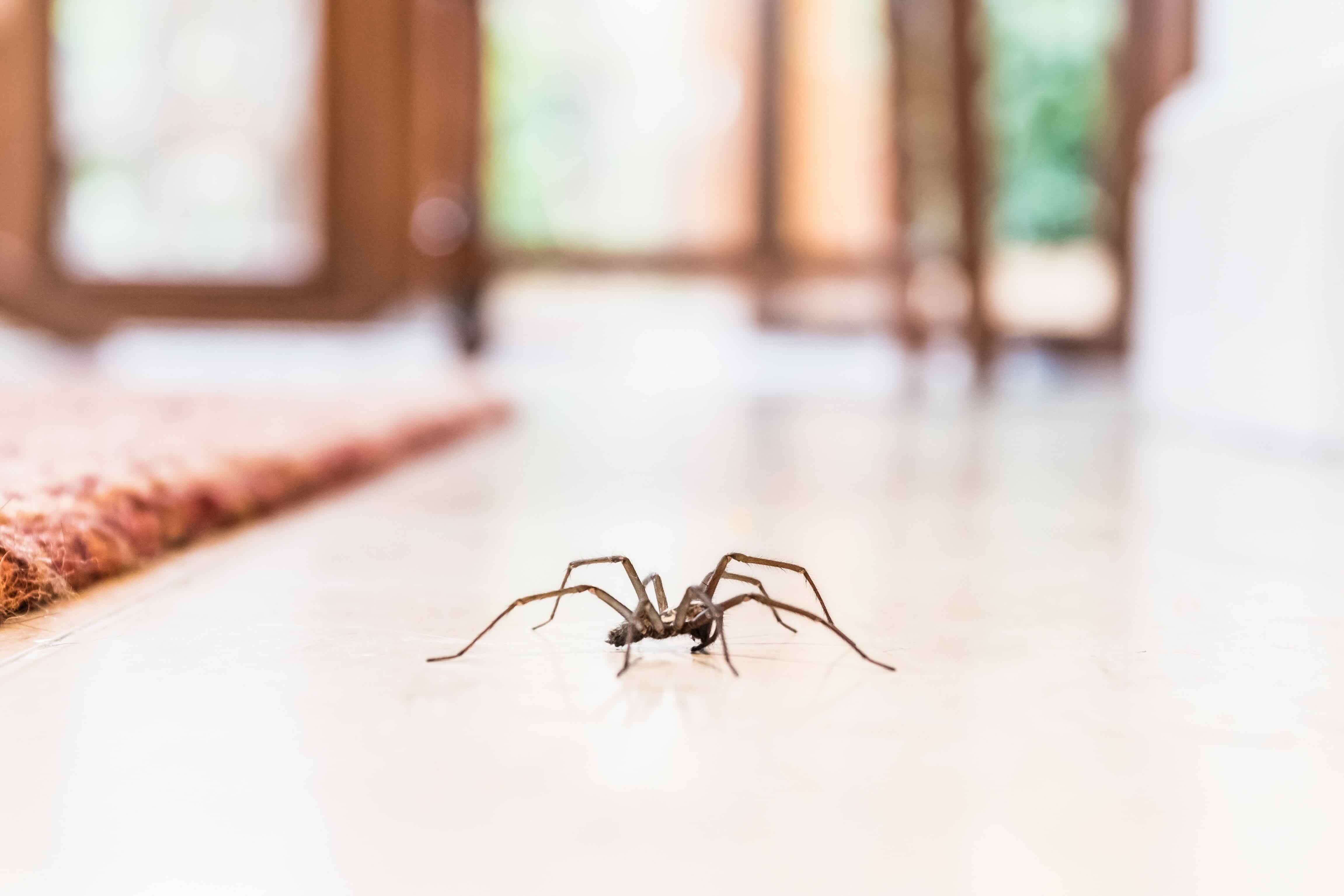
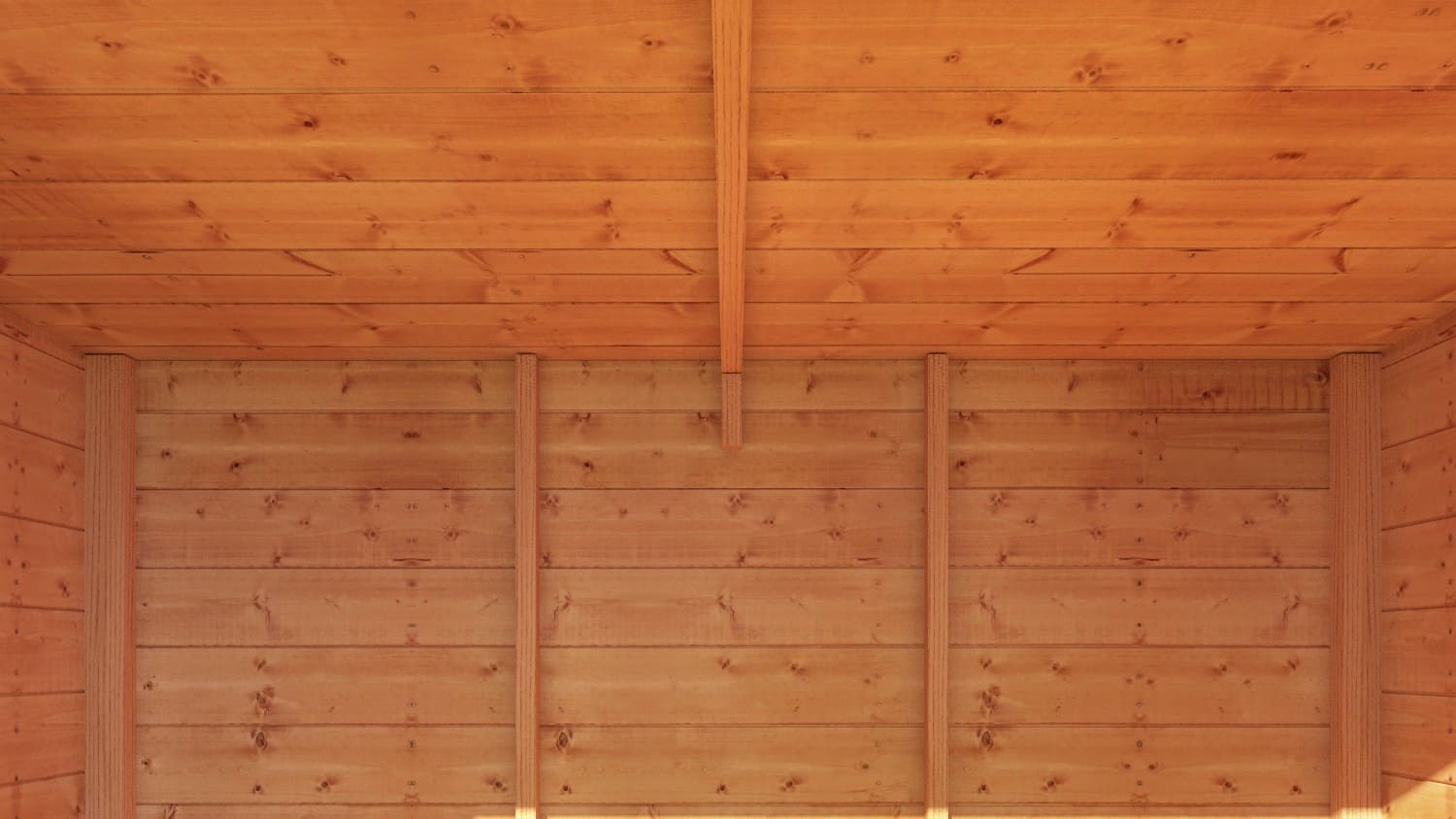


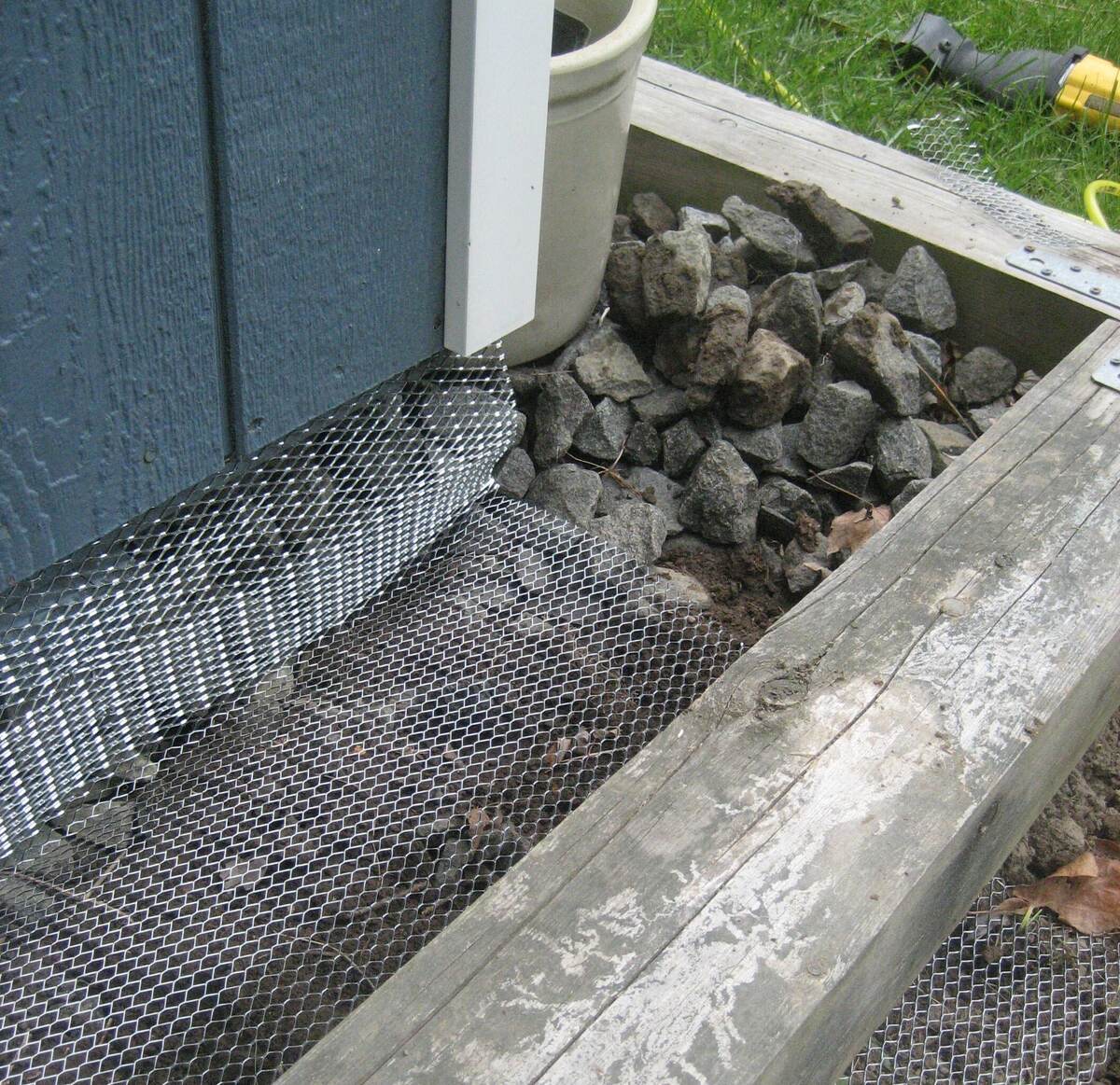
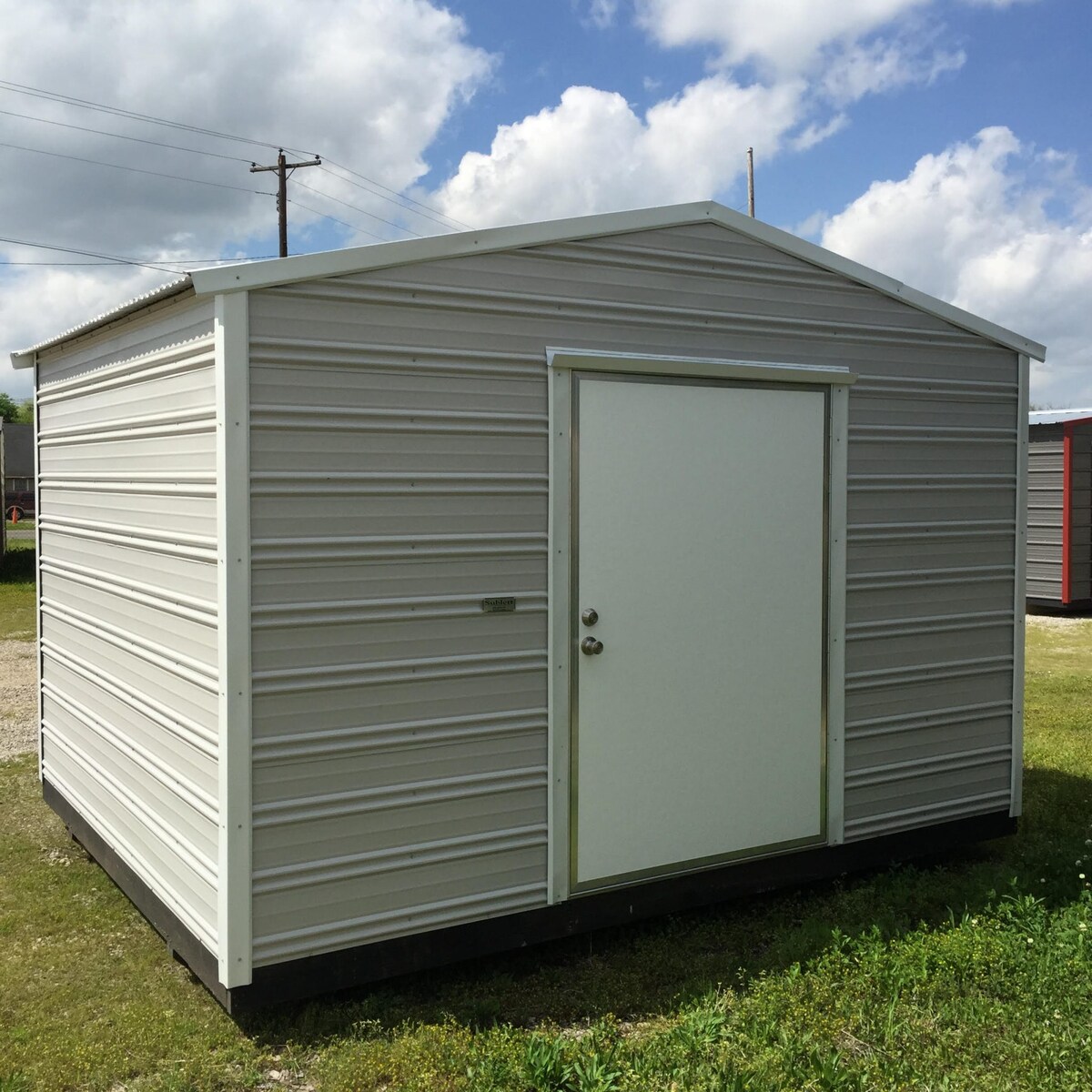
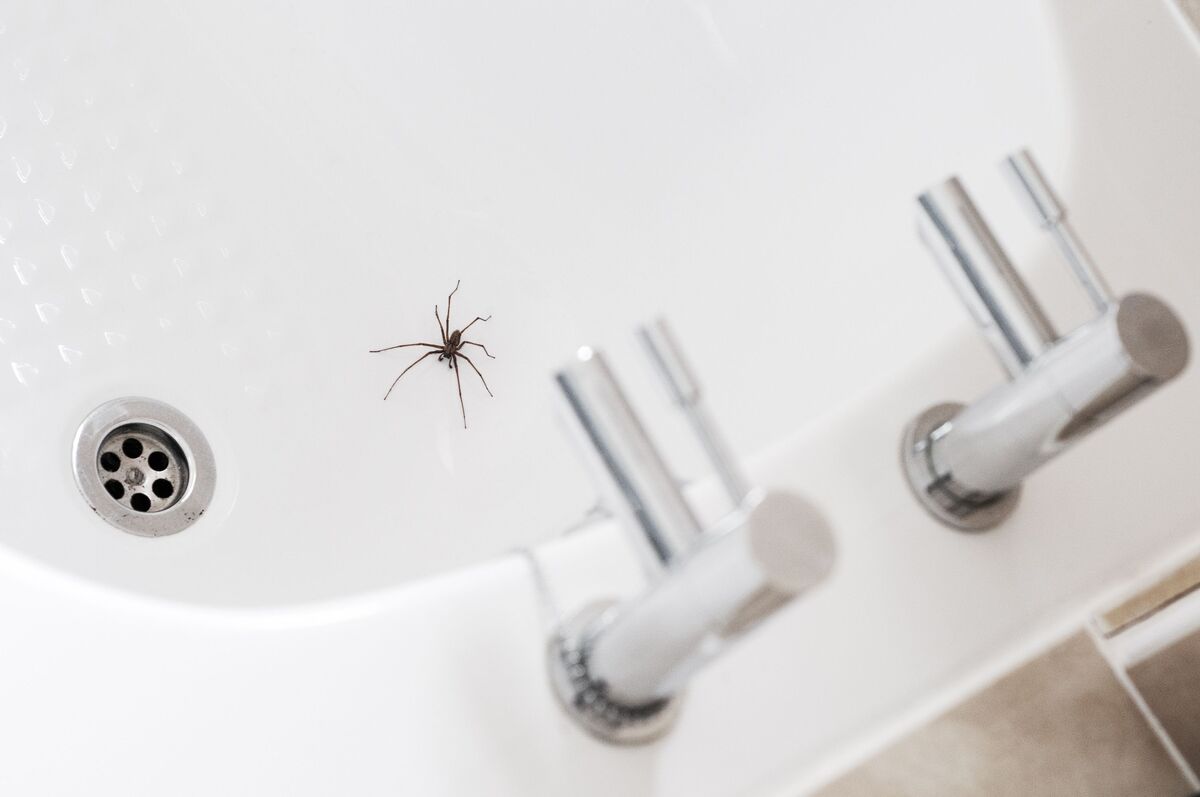



0 thoughts on “How To Keep Spiders Out Of A Shed”